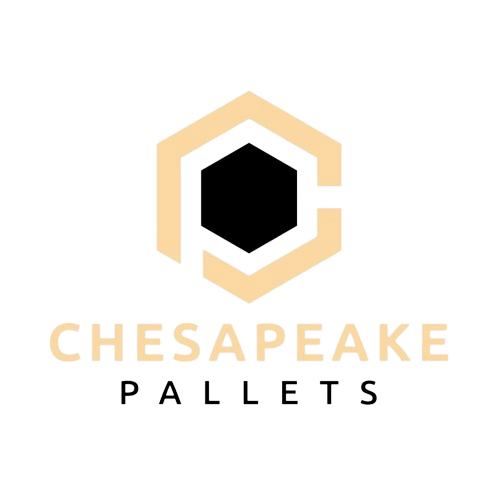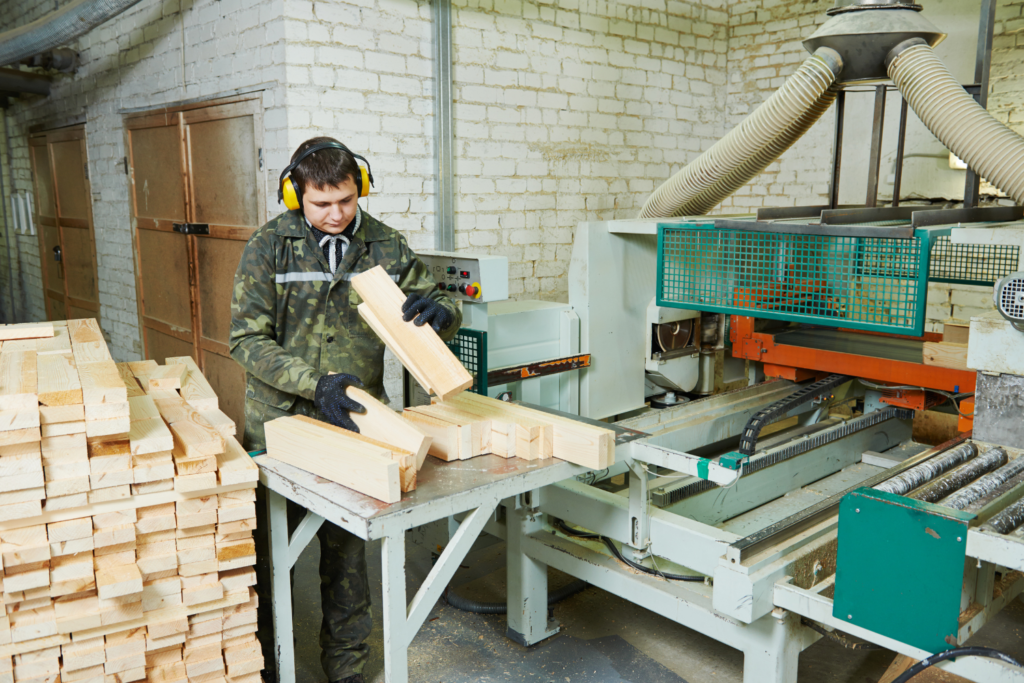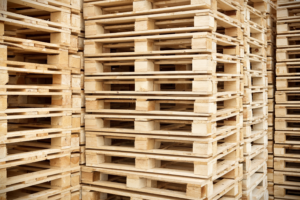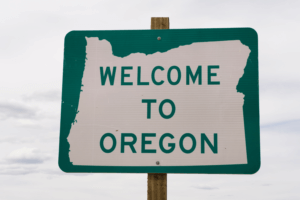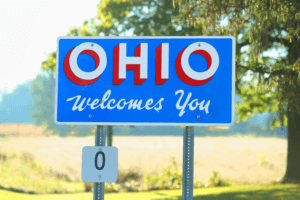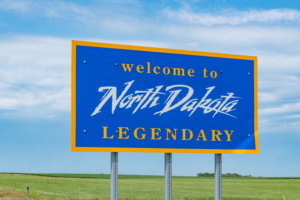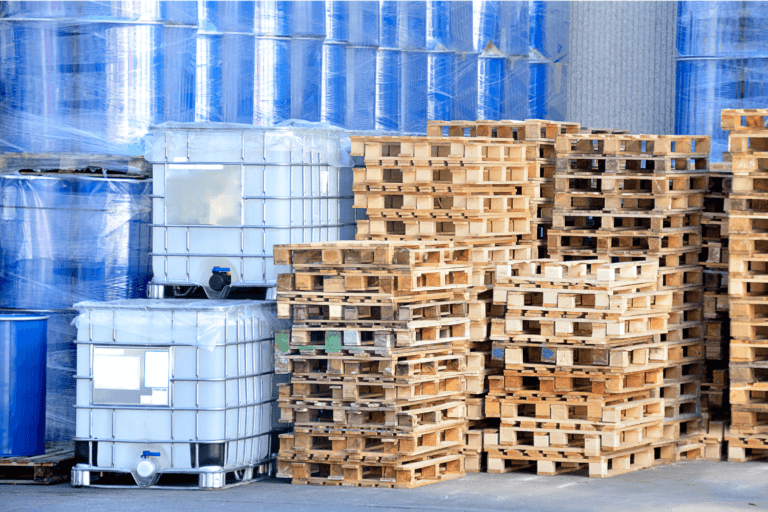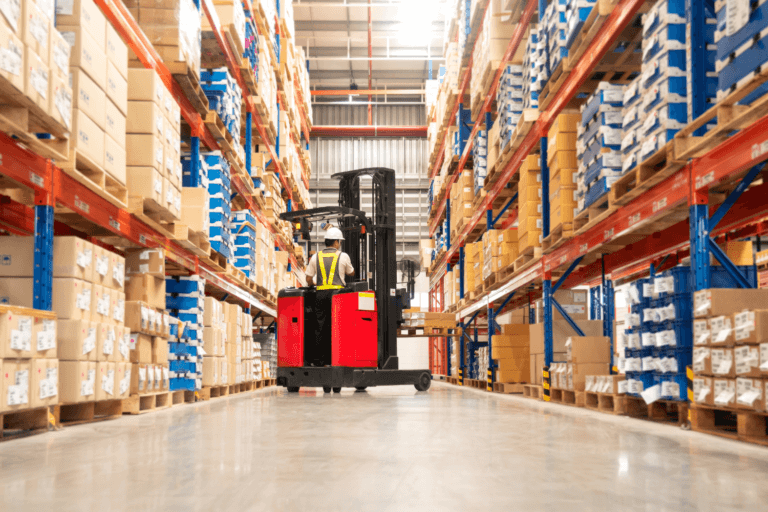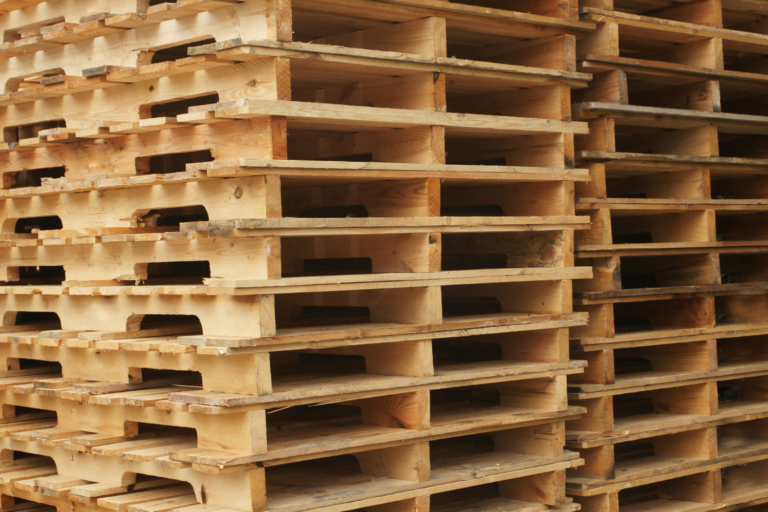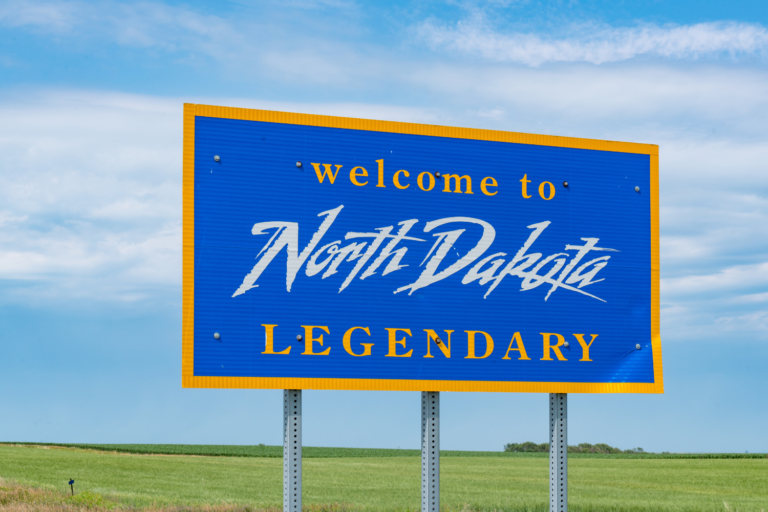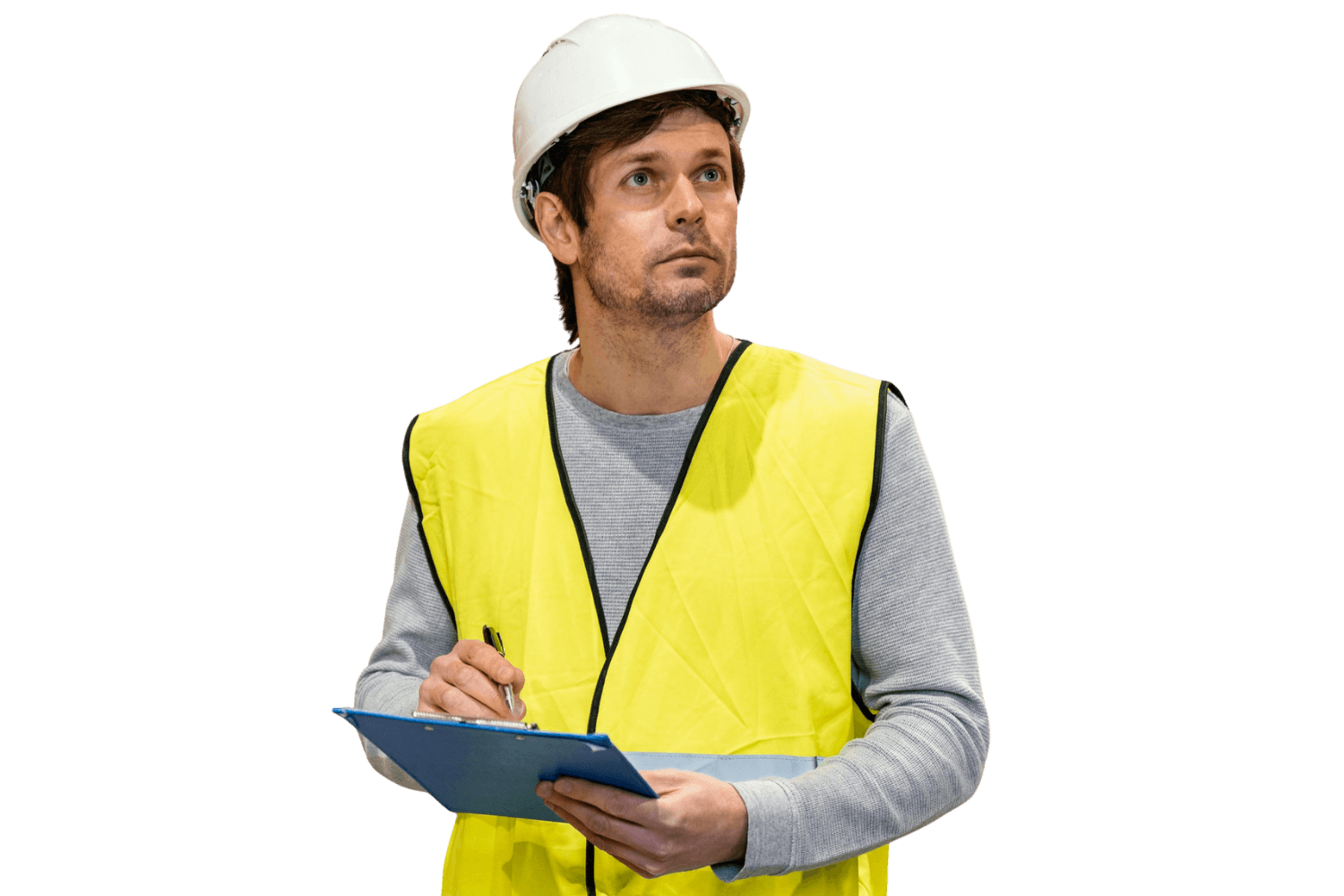Custom pallets are designed to accommodate unique load requirements, dimensions, and environmental conditions.
They help maximize efficiency in storage and transportation, ensuring that your products are securely and optimally packaged.
In this article, we will talk about custom pallets, especially how they are made.
What Are the Factors to Consider for Custom Pallets?
The demand for custom pallets is driven by the increasing need for specialized solutions that cater to specific products and operational requirements.
If you think that custom pallets are better for some of your items, below are some factors that pallet manufacturers consider when making custom pallets.
1. Weight and Dimensions of the Items You’ll Be Transporting
Custom pallets must be designed to support the weight of the cargo.
This involves not only the pallet’s load capacity but also its dimensions, which should fit the size and shape of the items being transported.
Properly sized pallets can minimize movement during transit, reducing the risk of damage.
2. Conditions the Pallets Will Be Exposed to (Moisture, Temperature Changes, Potential Impacts)
The environmental conditions to which the pallets will be exposed must be taken into account.
Factors such as moisture levels, temperature fluctuations, and potential impacts can significantly affect the longevity and performance of the pallets.
Also, those designed for heavy-duty use may need to have reinforced features to protect against impacts during loading and unloading.
3. Space Available for Storage and Transportation
Custom pallets should be designed to fit the available space in warehouses, trucks, and shipping containers.
They assess how many pallets can be stored or transported at one time and ensure that the custom design aligns with those limitations.
4. Industry Standards and Regulations (Sanitation Requirements, ISPM15 for International Shipping)
Compliance with industry standards and regulations is important in industries where sanitation requirements are stringent.
For international shipping, adherence to ISPM15 regulations regarding heat treatment or fumigation of wooden pallets is needed to prevent the spread of pests.
5. Additional Features That Might Be Beneficial
Custom pallets can incorporate features like built-in barriers, custom branding, or unique surface designs that enhance stability or make loading and unloading easier.
Depending on the specific needs, these features can add value and functionality to the pallets.
6. The Right Material Considering the Factors Above
Common materials used for pallets include wood, plastic, and metal, each offering different benefits and drawbacks.
Wooden pallets are often cost-effective and customizable, while plastic pallets may provide greater durability and hygiene, making them ideal for specific industries.
Metal pallets, on the other hand, are strong but can be more expensive.
The choice of material should align with the intended use, environmental conditions, and any regulatory requirements.

Are Custom Pallets More Expensive?
Custom pallets can be more expensive than standard pallets, primarily due to the specific requirements and tailored features that come with customization.
When you opt for custom pallets, you often seek designs that cater to unique dimensions, weight capacities, and materials, all of which contribute to the overall cost.
The production process for custom pallets typically involves more intricate planning and labor, as they are made to meet your exact specifications.
This might mean utilizing specialized materials or incorporating unique features like custom branding or reinforced structures to enhance durability.
Can You Reuse Custom Pallets for Other Items?
Yes, custom pallets can often be reused for other items, but the feasibility of doing so depends on several factors, including the pallet’s design, materials, and condition.
If a pallet was customized for a particular product, such as a specific size or weight, using it for items with different dimensions or weight distributions may not be advisable.
Pallets designed to carry heavy machinery may not be suitable for lighter items.
Also, those used for transporting sensitive items may need to be cleaned or treated before they can be reused for different products.
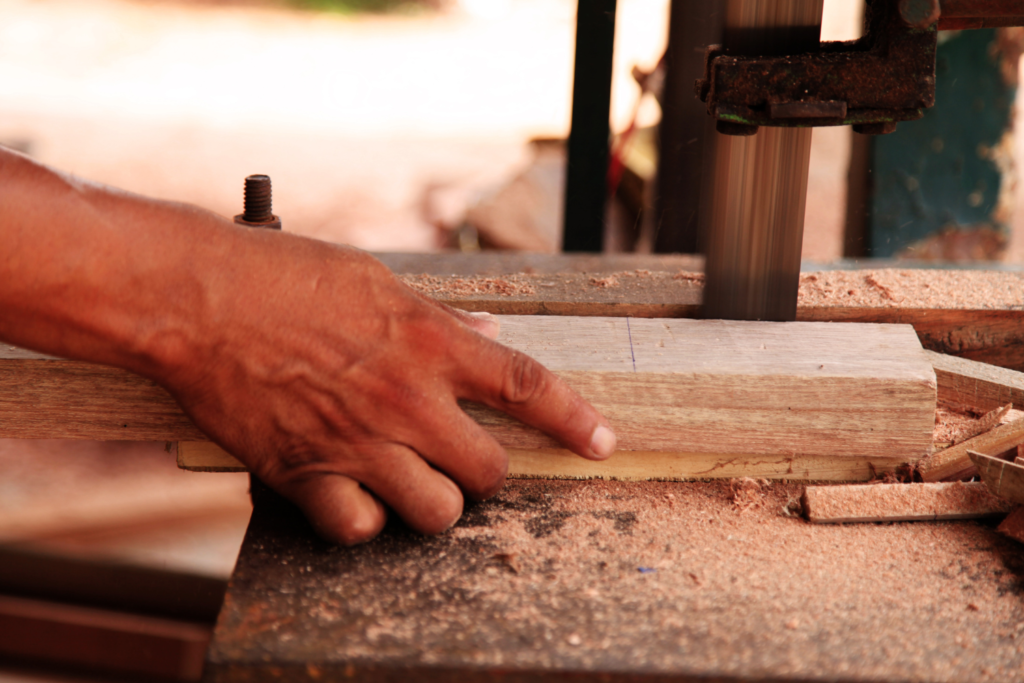
How Long Do You Need to Wait for Custom Pallets?
For straightforward designs that utilize standard materials and dimensions, manufacturers may produce and deliver custom pallets relatively quickly, often within a few weeks.
However, if the pallets require specialized materials or intricate design features, the lead time can extend to several weeks or even months.
This delay often arises from the need for custom materials to be sourced or fabricated, as well as the time involved in designing, manufacturing, and finishing the pallets.
Additionally, the quantity ordered can impact the delivery timeline. Smaller orders may be processed more swiftly since they require less production time.
Most reputable manufacturers and distributors like Chesapeake Pallets will provide an estimated lead time based on the specifics of the order.
Send your requirements to info@chesapeakepallets.com and we will let you know how long it might take.
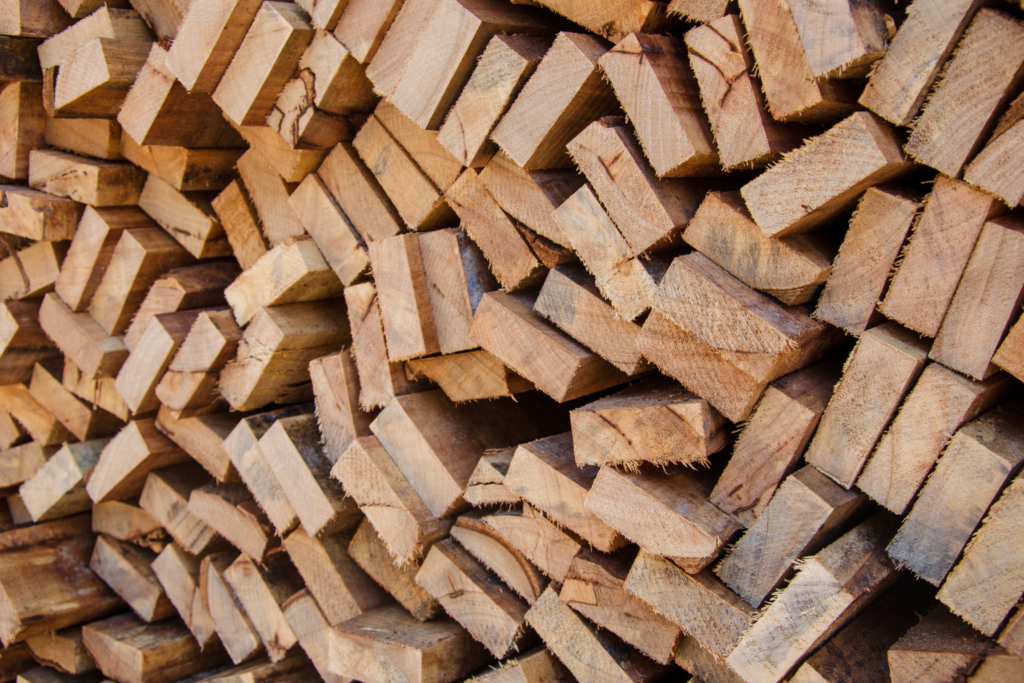
How Are Custom Pallets Made?
Creating custom pallets involves a series of well-coordinated steps, from initial consultations and design to production and delivery.
Each step is needed to ensure that the final product meets your specific requirements while adhering to industry standards and regulations.
How are custom pallets made? Below is the usual process.
Step 1: You will meet with the manufacturer to discuss load requirements, dimensions, materials, and special features.
During this meeting, critical factors such as load requirements, dimensions, materials, and any special features are addressed.
The manufacturer will gather all relevant information necessary to create an effective pallet design.
Step 2: They may conduct a site visit to assess the environment where the pallets will be used.
In some cases, they may conduct a site visit to evaluate the environment where the pallets will be used.
This assessment helps identify specific conditions such as temperature, humidity, and space constraints that could impact the design and materials selected.
Step 3: Using specialized software, they will create a design that meets your specifications.
Using specialized software, they will then create a detailed design that aligns with the specifications discussed.
This process often includes 3D modeling to visualize the pallet’s dimensions, load capacities, and any additional features you requested.
This allows for modifications and adjustments before moving forward with production, ensuring that the design meets all requirements.
Step 4: They will present a proposal, including the design and estimated costs.
Once the design is complete, they will present a proposal. This document includes the final design, estimated costs, and any timelines for production and delivery.
Step 5: Once the design is finalized and approved, production begins.
After the design is finalized and approved, production of the custom pallets begins. This involves sourcing the necessary materials and scheduling the manufacturing process.
They will follow the approved design specifications to ensure the pallets are constructed accurately.
Step 6: They will heat-treat the pallets if required.
If the pallets are made from wood and will be used for international shipping, they may need to undergo heat treatment to comply with ISPM15 regulations.
This treatment kills pests and ensures that the pallets meet international shipping standards.
Step 7: Throughout the production process, quality control checks are conducted.
Throughout the production process, quality control checks are conducted to ensure that each pallet meets the required standards for durability, safety, and compliance.
These checks help identify any issues early in the manufacturing process, allowing for corrections before the pallets are completed.
Step 8: They will do any additional finishing touches to enhance durability and appearance.
Once the pallets are produced, any additional finishing touches are applied to enhance their durability and appearance.
This may include sanding rough edges, applying protective coatings, or incorporating branding elements.
Step 9: Your custom pallets will be packaged and delivered to you.
Finally, the custom pallets are packaged and prepared for delivery. Proper packaging is needed to protect the pallets during transportation.
Once packaged, the pallets are shipped to your location, completing the manufacturing process.

Conclusion
Custom pallets are tailored to meet specific load requirements, dimensions, and industry standards, so they provide you with a unique solution that addresses your operational needs.
The process of creating custom pallets, from consultation to delivery, underscores the importance of collaboration between manufacturers and businesses.
Custom pallets are among the pallet products we offer, and we guarantee that the final product will be perfect for your items. Learn more about our custom pallets here.
Chesapeake Pallets has been helping companies across the United States level up their logistics, one pallet at a time.
For inquiries, email info@chesapeakepallets.com or request a quote below!
